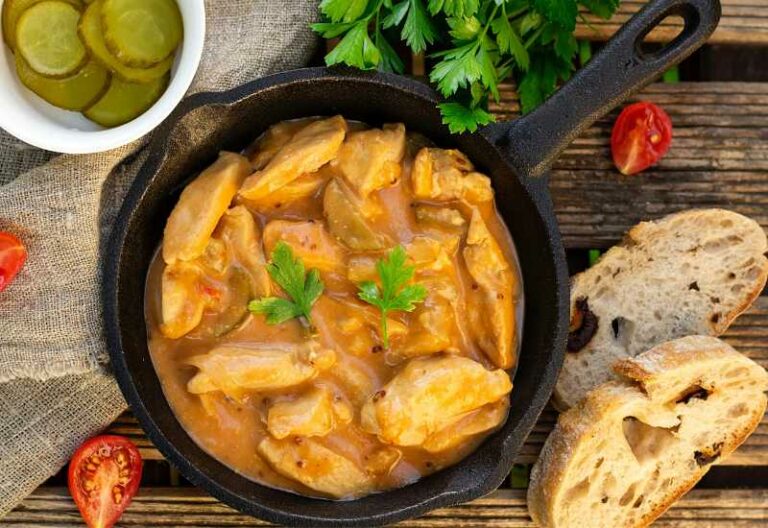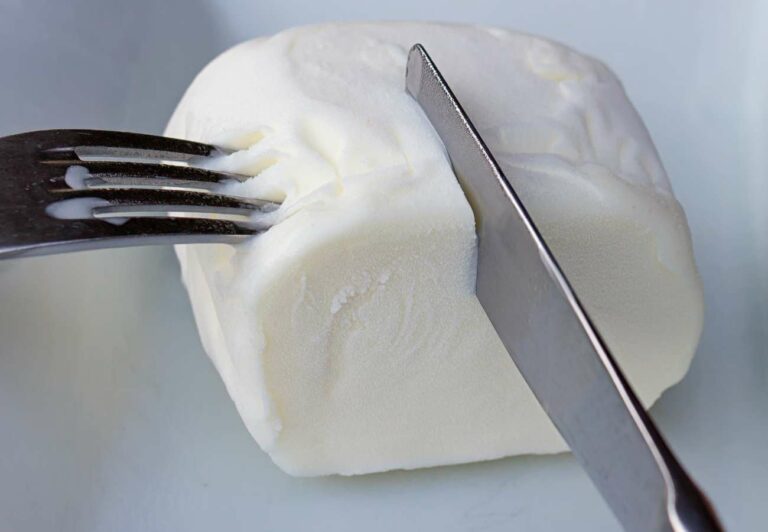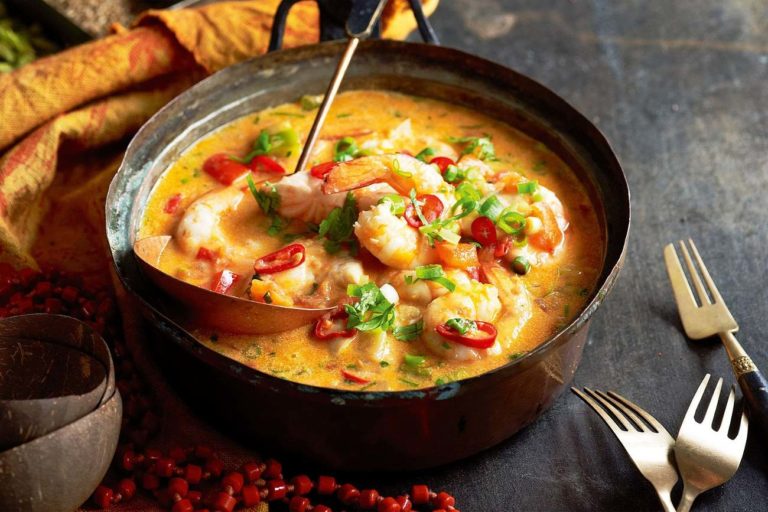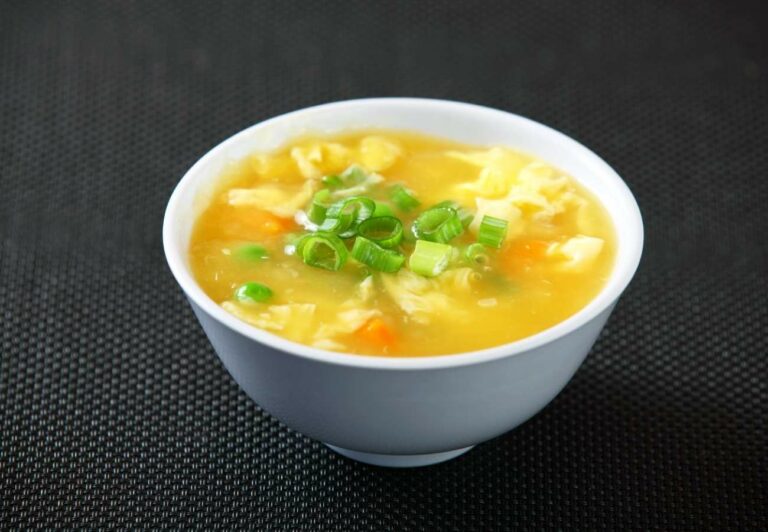Qatari Food: 14 Traditional Dishes of Qatar
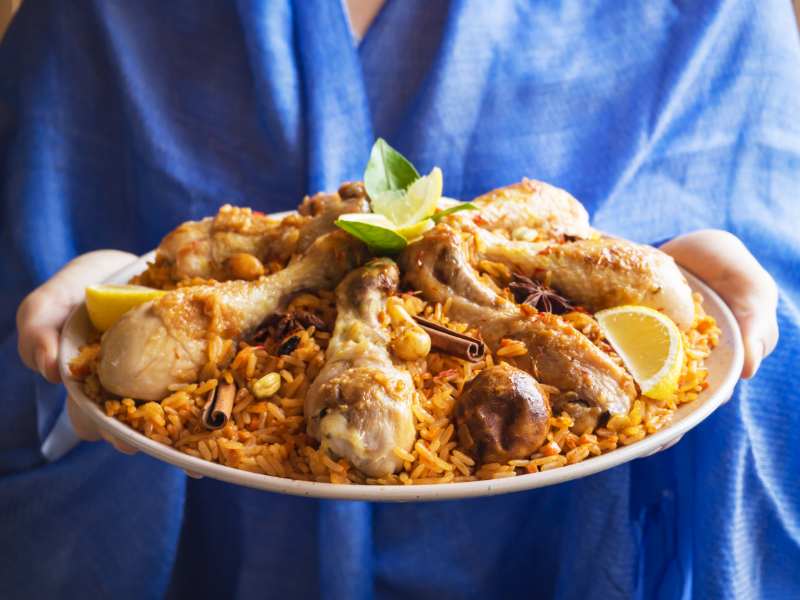
Qatar is a small desert country located on a peninsula that extends into the Persian Gulf. Besides its short shared border with Saudi Arabia, it is entirely surrounded by water. It is a nation of surprising demographics – most of its population, around 80%, live within the capital city of Doha.
Qatar’s population is also mostly expatriates and migrant workers, leaving the percentage of native Qataris living in the country hovering around 15%.
Qatar is also unique in that, despite being one of the smallest nations in the world, it boasts one of the highest GDPs. This is thanks to its abundant gas and oil resources, although it is resource-poor in nearly all other areas.
The country’s exuberant wealth, large expatriate population, and lack of resources outside of oil have led the country to depend on technology as a national commodity. At the same time, the minority native Qatari population ensures that their culture stays alive. This has led to an interesting mix of modern innovation and preserved tradition in the country.
Qatar’s desert landscape makes it nearly impossible to grow most foods. As a result, the nation imports most of its foods from nearby countries including Saudi Arabia, Lebanon and Syria. Combined with the disproportionately high population of non-natives living in the country, who all bring in their home country’s cuisine, Qatar does not have the most distinct food culture.
Instead, their shared history and traditions with surrounding countries in the Persian Gulf and the Middle East mean they get many of their recipes from these nations. Dishes popular in Bahrain, Lebanon, Egypt, and Saudi Arabia are also found in Qatari cuisine, pushing Qatari cuisine into the larger category of Arab cuisine.
With over half the country’s population being Muslim, many of these dishes also often come from Muslim traditions. Many popular Ramadan and Eid al-Fitr meals are enjoyed during their corresponding seasons throughout the year.
Meats such as chicken, beef, and lamb are the main protein sources of meals. Spices, including cardamom, saffron, cinnamon, cumin, turmeric, and cloves, are often used. Qatari dishes are fragrant and flavorful as these spices are used for meats, in stews, and sometimes with rice.
With its abundant coastline, seafood is incorporated into many dishes, and dates are also quite common. Coffee (gahwa) and tea (karak) are enjoyed throughout the day.
Majboos

Majboos is a flavorful rice dish popular throughout the Persian Gulf and is regarded as the National Dish of Qatar. Heady aromatics give this dish a robustly smoky flavor, leaving it to pair well with many kinds of meat.
This dish is often compared to rice dishes in the Middle East such as biryani or kabsa. However, the unique spices used in Majboos as well as its traditional preparation made ensure that it remains its own distinct dish, one enjoyed with pride throughout Qatar. It is often mixed with mutton, chicken, or beef, as pork is rarely eaten in the Muslim-majority country of Qatar.
Shawarma
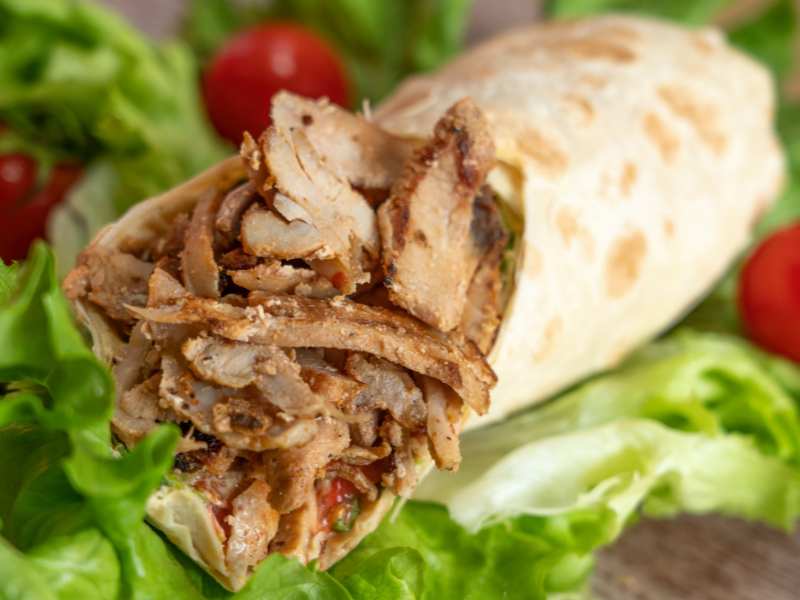
Shawarma refers to a traditional method of meat preparation that involves loading a large chunk of meat (often chicken, beef, pork, or lamb) onto a vertical spit and roasting for long hours and sometimes days. It is well seasoned and continuously roasts in its own fat and juices, resulting in flavorful and tender meat. The meat is then shaved off with a large knife and used in an array of dishes.
In Qatar, Shawarma is most often chicken or mutton, as these meats are more traditional and able to be eaten by Muslims. It is often eaten in pockets of pita bread or alongside rice and vegetables.
Madroba
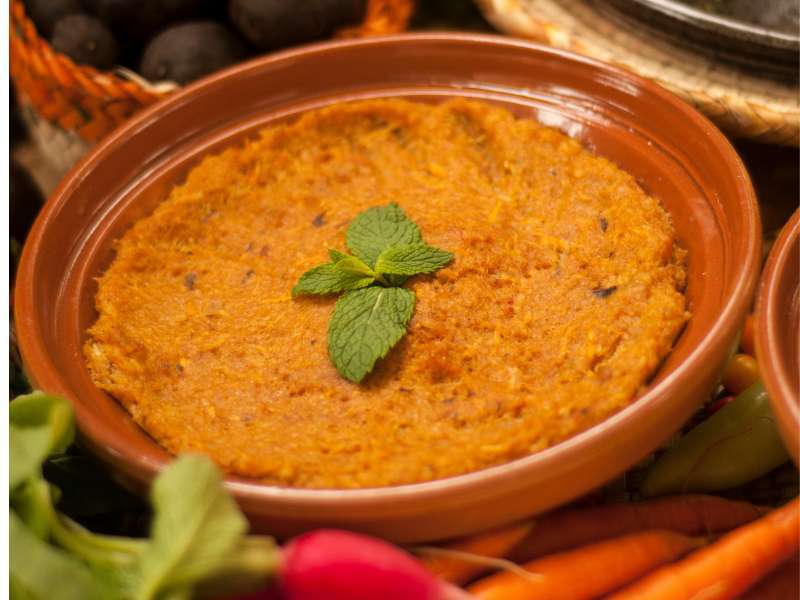
Madroba is a spicy porridge dish consisting of chicken and wheat, seasoned with warm and comforting spices such as cumin, turmeric, cloves, and cinnamon. This dish is eaten during Ramadan and is known to have many variations, with every household having its own take on the recipe.
Part of the word, “Darb” or “Drob” comes from the word meaning “to hit.” This refers to the method of beating the wheat when preparing the porridge, giving it a soft and fluffy texture. Some households might avoid this step, however, or substitute rice in place of wheat.
Balaleet
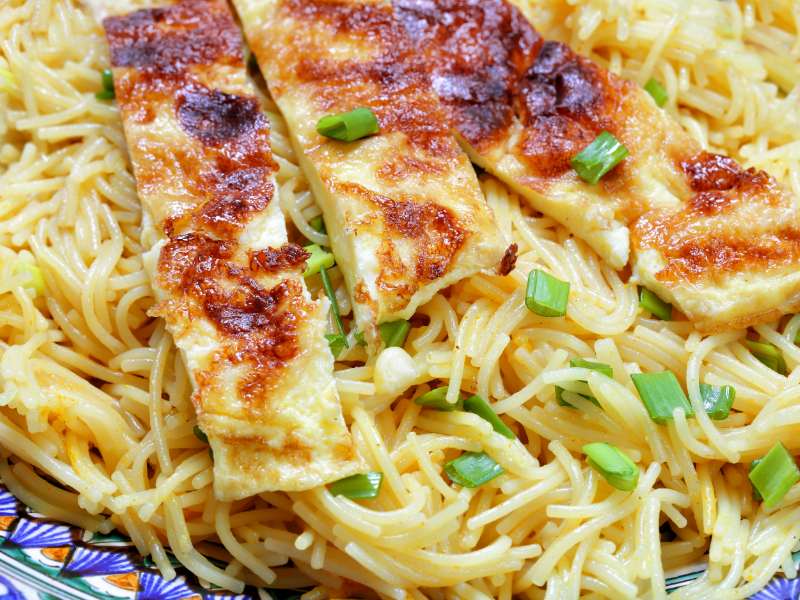
Sweet and savory, delicate and crispy, Balaleet is a vermicelli noodle dish sweetened with sugar, cardamom, rose water, and saffron, all topped with an egg omelet. It is a popular breakfast choice in Qatar and throughout the Middle East and is often eaten as the first meal of the day during Eid al-Fitr.
This dish is regarded as a comfort food, loved for its unique blend of surprisingly complimentary flavors. It is easy to make at home with little on hand and is almost always homemade.
Oum Ali
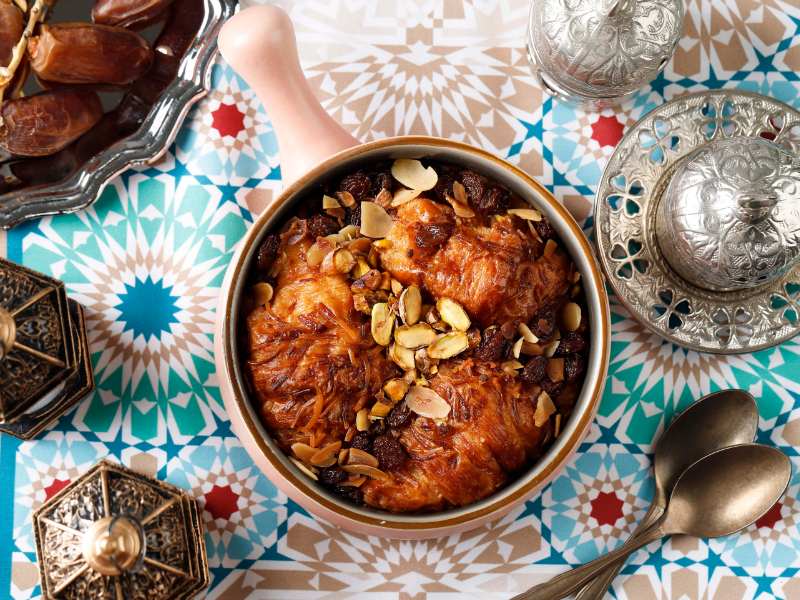
Also known as “Middle Eastern pudding,” this dessert is a creamy sweet pudding made with puffed pastry and flavored with sugar and an assortment of dried nuts and fruits. Originally from Egypt but eaten far and wide across Northern Africa and the Middle East, Qatar adopted this recipe into its own cuisine.
The name means “Mother of Ali” and has many contested stories about its origin. Regardless of the circumstances behind its creation, this dish has been enjoyed throughout the region and within Qatar as far back as the thirteenth century.
Saloona
Saloona is a simple meat and vegetable stew often made with chicken, beef, or lamb as a comforting home-cooked meal. Depending on what else is being served, sometimes rice will be added to the stew or served alongside it.
Saloona employs traditional Qatari spices such as coriander and turmeric, while also using less-common Qatari ingredients such as tomato paste and ghee.
Warak Enab
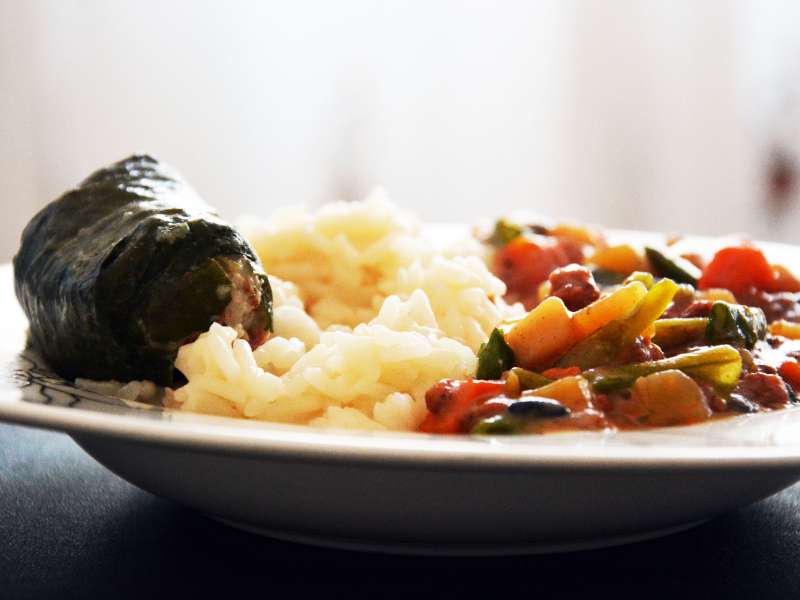
Made with lamb meat and chopped zucchini wrapped up in steamed grape leaves, Warak Enab is a unique dish enjoyed in Qatar. This dish is a delicious testament to the labor that the cook puts in, as using the delicate grape leaves to wrap the lamb and zucchini mixture often proves difficult.
The lemon juice in the broth mixes with the savory spiced meat and vegetables, soaking into the grape leaves and providing a tangy and rare taste.
Kousa Mahshi
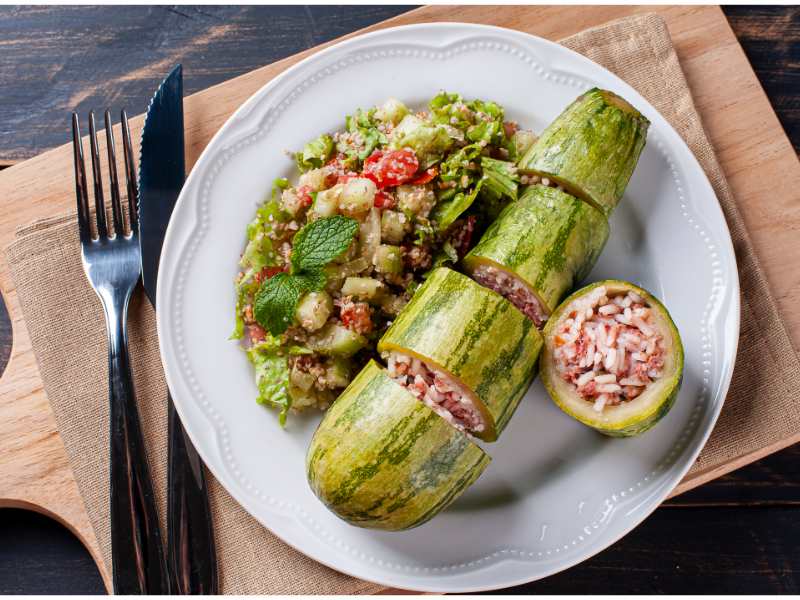
Continuing with the method of stuffed meat and vegetable dishes, Kousa Mahshi is a dish consisting of flavored meat and rice stuffed inside of zucchini and cooked. It is originally from Lebanon but has spread beyond that nation’s borders, further into the Middle East, and all the way to Qatar. With simple ingredients, this dish takes up little time and is often enjoyed as comfort food in Qatari households.
Margoog
Margoog is a hearty stew made with tender lamb and vegetables, seasoned with many spices and lime juice. Potatoes, carrots, tomatoes, onions, and green peppers are often featured in the soup, blending well with the tangy broth. Small flat pieces of dough are added to the broth while raw, allowing them to cook within the stew and absorb the many flavors.
This dish is originally from Saudi Arabia but is enjoyed throughout Qatar and the Middle East.
Harees
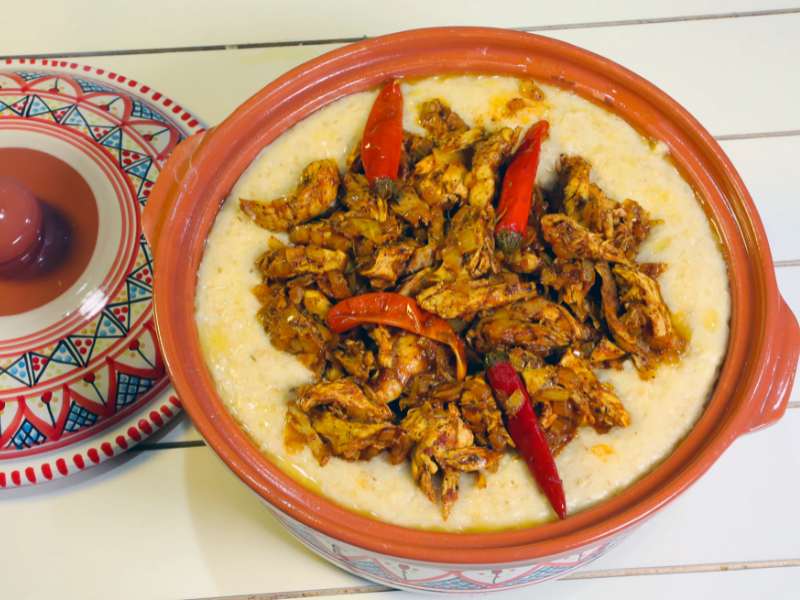
Harees is a dish named after and consisting of harees, a kind of wheat, and meat that is seasoned with cinnamon, cumin, and coriander. The wheat is soaked overnight to create an oatmeal-like consistency before it is beaten together with the meat and seasonings until it reaches a soupy porridge consistency.
This dish is regarded can either be enjoyed in the home or easily found at small diners and restaurants in Qatar’s capital city of Doha. It is not uncommon to find it topped with cooked meat such as chicken or lamb. It is also often enjoyed during Ramadan.
Knafeh
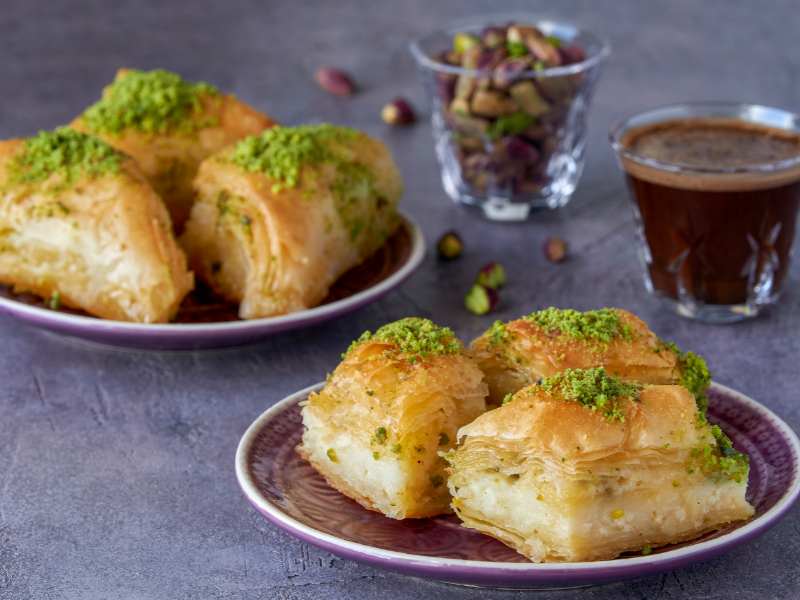
Made with a pastry called kataifi that is soaked in a syrup called attar and topped with cream, cheese, and nuts, Knafeh is a dessert enjoyed by every household in Qatar.
With many variations through the Middle East, the Balkans, and the Mediterranean, no agreement has been reached as to who exactly came up with this sweet and easily customizable dessert.
This dish has appeared in texts dating back to the tenth century in both Syria and Egypt, although the modern variations of this dish have no doubt evolved from its historic origins.
Karak
Karak is a kind of strong chai tea spiced with cardamom and sweetened with evaporated milk. It is so popular and prolific across Qatar that if the nation had a national drink, Karak would be it.
Similar to Indian Masala Chai, Karak is known for being strong in flavor, bolstered by its mix of cardamom, ginger, cinnamon, and saffron. Many also choose to add vanilla. Karak is enjoyed all the time throughout Qatar, regardless of the weather or time of day. So yes, even on the hottest days in the desert country of Qatar, you will still find many enjoying this hot spiced tea!
Luqaimat
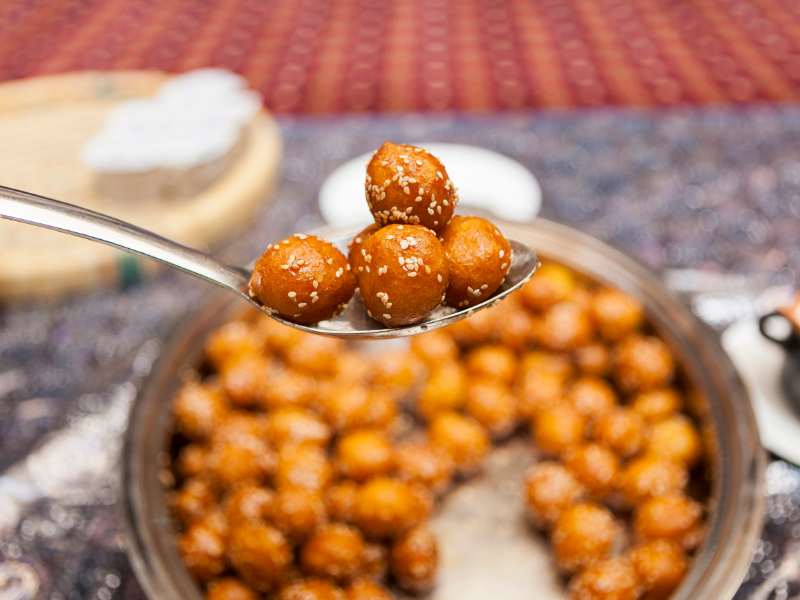
Luqaimat is a deep-fried dumpling dessert that is dipped in honey, date, or sugar syrup and served alongside karak or coffee. Made with kitchen staples such as flour and salt, with the one exception of some saffron, these small sweet dumplings are easy to whip up to enjoy for a post-lunch tea or when welcoming guests into the home.
Recently, they have gained popularity in cafes across Qatar as bakers compete to create more unique and delectable flavors.
Gahwa (Arabic Coffee)
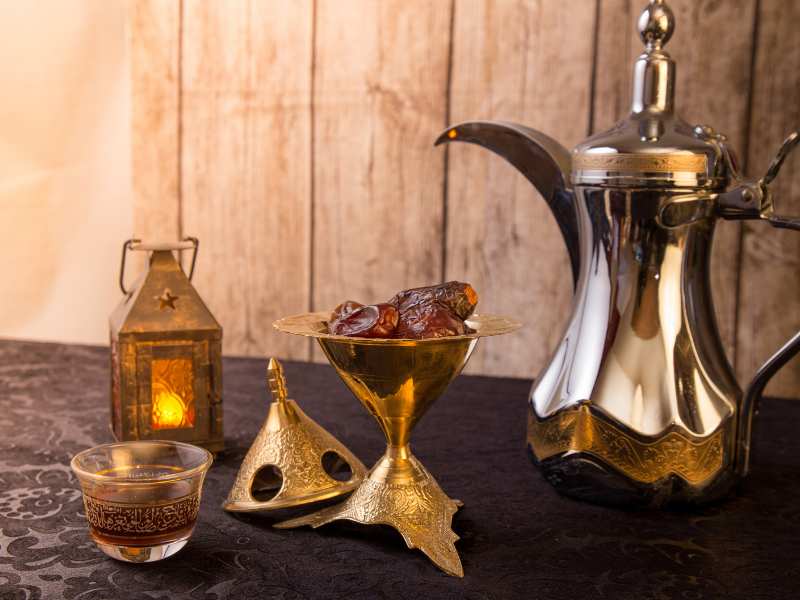
While coffee is enjoyed in many shapes and forms around the world, Qatar and the larger region of the Arab world that it belongs to are known for their coffee traditions. Following the process from the roasting of the green coffee bean to the pouring of the final deep golden brown liquid, many Qatari households treat the coffee-making process with high respect and have their own signature methods.
Gahwa, alongside Karak, is an important cultural dish in Qatar. It is through coffee that many friends, families, and strangers meet. By making Gahwa with the Qatari method, you can experience both the cuisine and the culture of the nation.

